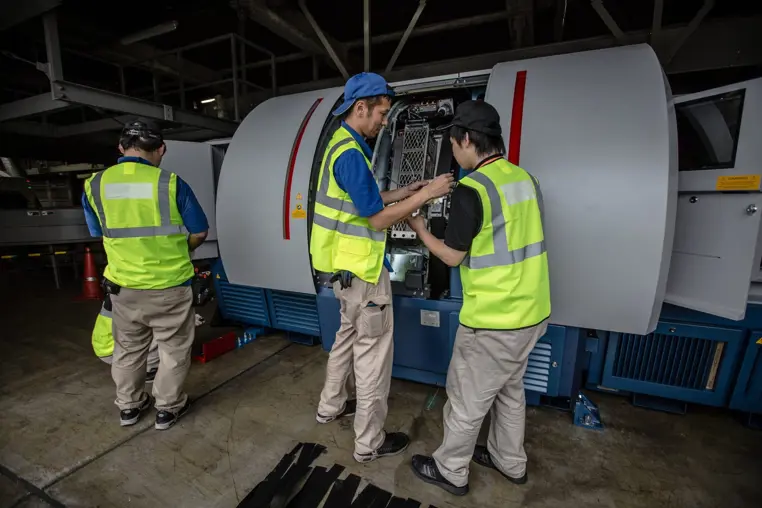Over seven billion – the number of global airline passengers forecast to travel annually by 2034.1
According to Frost & Sullivan Aerospace & Defense Senior Industry Analyst John Hernandez, “Airports need to implement swifter and more efficient methods of passenger screening” to deal with growing passenger traffic.1 While Frost & Sullivan also projects global spending on passenger screening technologies will reach $1.63 billion in 2020 (up from $1.42 billion in 2014) to continue to improve screening operations, the research firm also concludes, “Technology is only as efficient as those operating it.”1
And airport operations leaders know that equipment is also only as good as the maintenance structure which keeps it running smoothly. There are standards in some countries defining how many field service engineers or technicians are needed to support a given number of explosive detection systems within a terminal or airport. Increasingly, these experts are expected to understand and service a greater variety of equipment faster. Efficiency is the key to their success and that requires good training.
Three quick tips on building a strong aviation security training culture
-
Provide thorough training at state-of-the-art facilities with field service experts
Traditional classroom training from seasoned field experts will help form the foundation of your team’s understanding of your equipment. It should be made available to a range of equipment operators, as well as in-house and third-party airport technicians.
A strong programme will provide hands-on simulator and emulator based training for small groups. It will help ensure teams understand basic operations; simple troubleshooting, such as bearing replacement and clearing bag jams; as well as more advanced preventive maintenance techniques, such as reading and interpreting error logs and using other available analytics tools.
Certificates should be awarded for successfully completed training modules, ideally with annual certification and recertification coursework to ensure knowledge and skills are kept up-to-date.
-
Make training and education a part of everyday routine
Classroom training is only part of the process and to keep equipment operating smoothly, it is important to foster an environment which supports learning every day. Make sure newer people are exposed to best practices for preventative and routine maintenance and more urgent repairs by teaming them up with more experienced technicians. And always encourage every employee to ask questions – even regarding equipment they have worked on for years.
-
Build convenient tools for different learning styles
To build an environment of continual learning, it is important to provide convenient tools, tailored to different learning styles.
For example, dynamic online documentation reflecting most recent best practices and covering the most up-to-date parts and equipment instructions; plus a video library for those who work best with step-by-step instructions. A physical training environment and sample parts will help employees who learn by tinkering. These resources are equally valuable to teams taking on responsibility for more and more types of equipment and those who only work on certain equipment occasionally.
1 Source: Frost & Sullivan.

